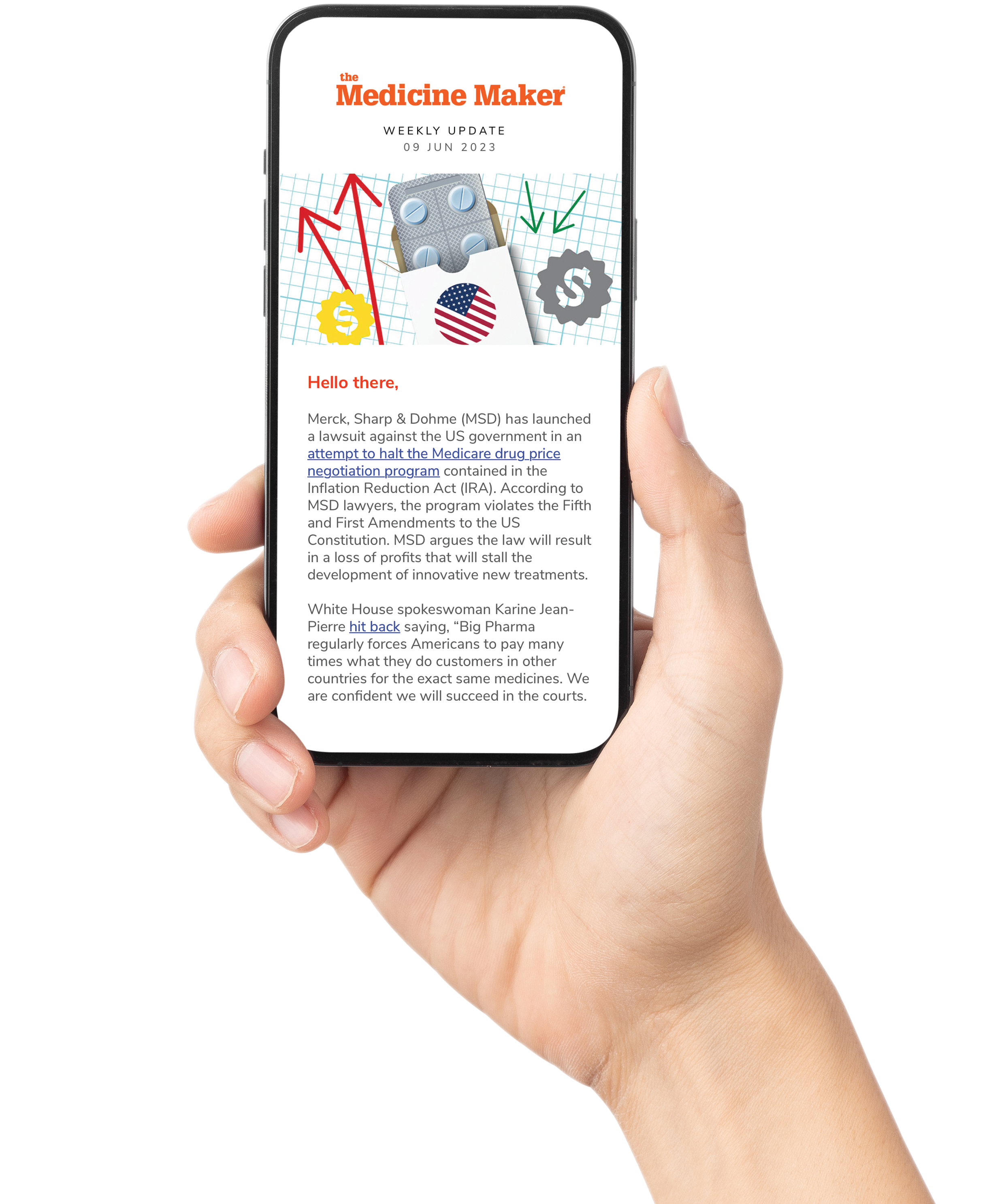
Cedars‑Sinai is expanding its ventures beyond the bounds of Earth with new research aboard the International Space Station (ISS). Researchers intend to use the microgravity environment to produce and study pluripotent stem cells (iPSCs) and organoids.
Microgravity is a unique environment for biomedical research. Cells float and naturally arrange themselves into three-dimensional formations — something virtually impossible on Earth where they flatten into two-dimensional layers. This unlocks opportunities for scalable, physiologically relevant tissue models.
According to a 2024 study published in NPJ Microgravity, Cedars‑Sinai was the first academic institution to successfully introduce DNA into human iPSCs in space. The results confirmed that cells, without gravity’s pull, self‑organized into three‑dimensional spheroids. Researchers had not anticipated this transformation, but the observation affirms the unique manufacturing potential of microgravity. The study notes “that hiPSCs and hiPSC-fibroblasts can be thawed in microgravity in off-the-shelf, commercially-available cell culture hardware, can associate into 3D spheroids or grow adherently in Matrigel, and can be transfected with DNA. This lays the groundwork for future biomanufacturing experiments in space.”
Cedars‑Sinai’s prior experiments have also confirmed other benefits of microgravity. For example, heart muscle cells derived from iPSCs exhibited genetic and functional changes in microgravity, offering insights into how spaceflight accelerates cellular aging that may mirror age-related degenerative diseases on Earth.
Cedars‑Sinai’s participation in Axiom Space’s Ax‑2 mission also ferried skin cells and iPSCs to the ISS for a five‑day experiment. There, researchers examined how quickly the cells proliferated and how efficiently DNA could be delivered to reprogram cells into iPSCs. The results suggest that “hiPSCs can be grown in space microgravity in off-the-shelf 96-well plates, rapidly aggregate into spheroids, adhere to extracellular matrix in microgravity, and are amenable to lipofectamine-based transfection in LEO (low Earth orbit).”
Organoids among the stars
Building upon success with iPSCs, Cedars‑Sinai also wants to explore organoid construction within the microgravity environment of low Earth orbit. The most recent August 2025 mission launched experiments to the ISS with the goal of generating both heart and brain organoids in space for the first time. By creating them in microgravity, researchers anticipate that they may form more effectively, buoyed by the natural 3D orientation of floating cells.
In a press release, Arun Sharma, research scientist in the Board of Governors Regenerative Medicine Institute and the Smidt Heart Institute at Cedars-Sinai, said: “The thing that everybody’s looking for is something that can only be done up there, and you cannot do it down here [on Earth]. We and others have shown that certain stem cell populations can proliferate or divide faster in space.”
Earlier in 2025, Cedars‑Sinai also launched its Center for Space Medicine Research. Led by Sharma and based within its Regenerative Medicine Institute, the center is a hub for combining academic medicine, research, and space science, marking a formal commitment to space biomedicine. The initiative supports ongoing research and nurtures the next generation through educational programs, including a Master’s in Regenerative Medicine with space components to prepare scientists and physicians for careers in off‑Earth medicine.




